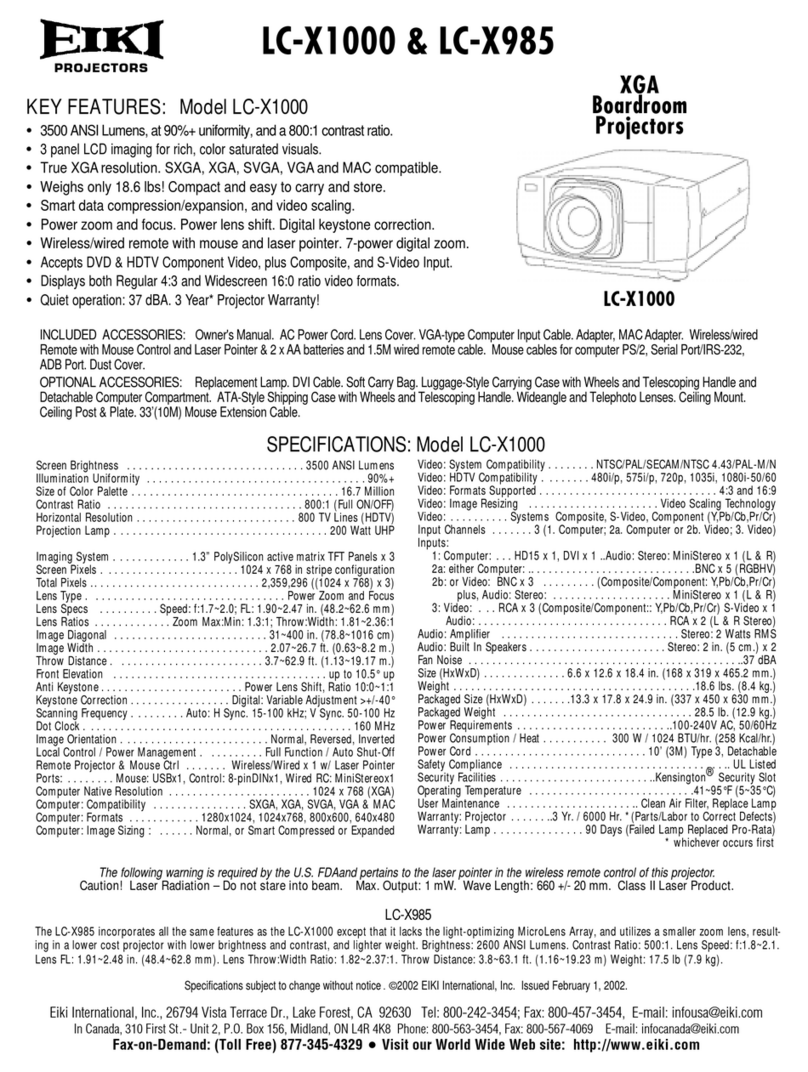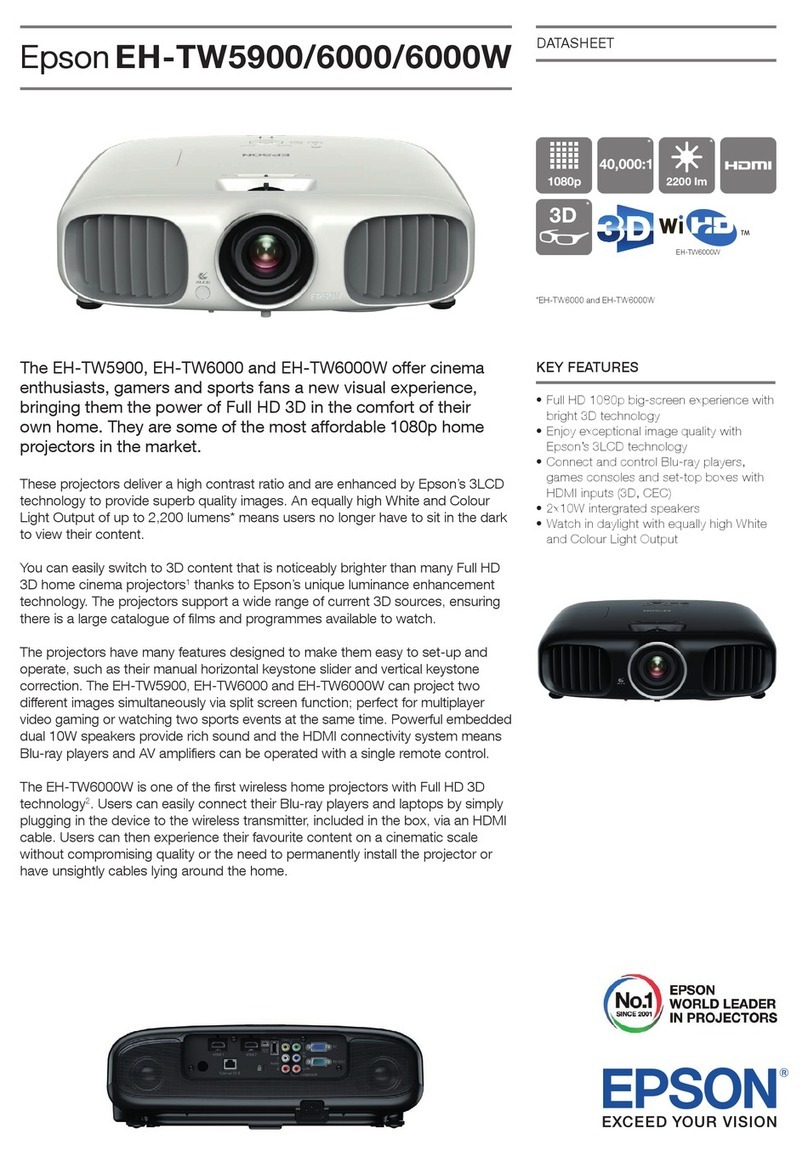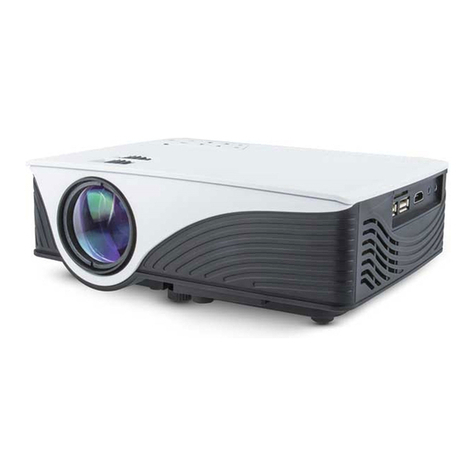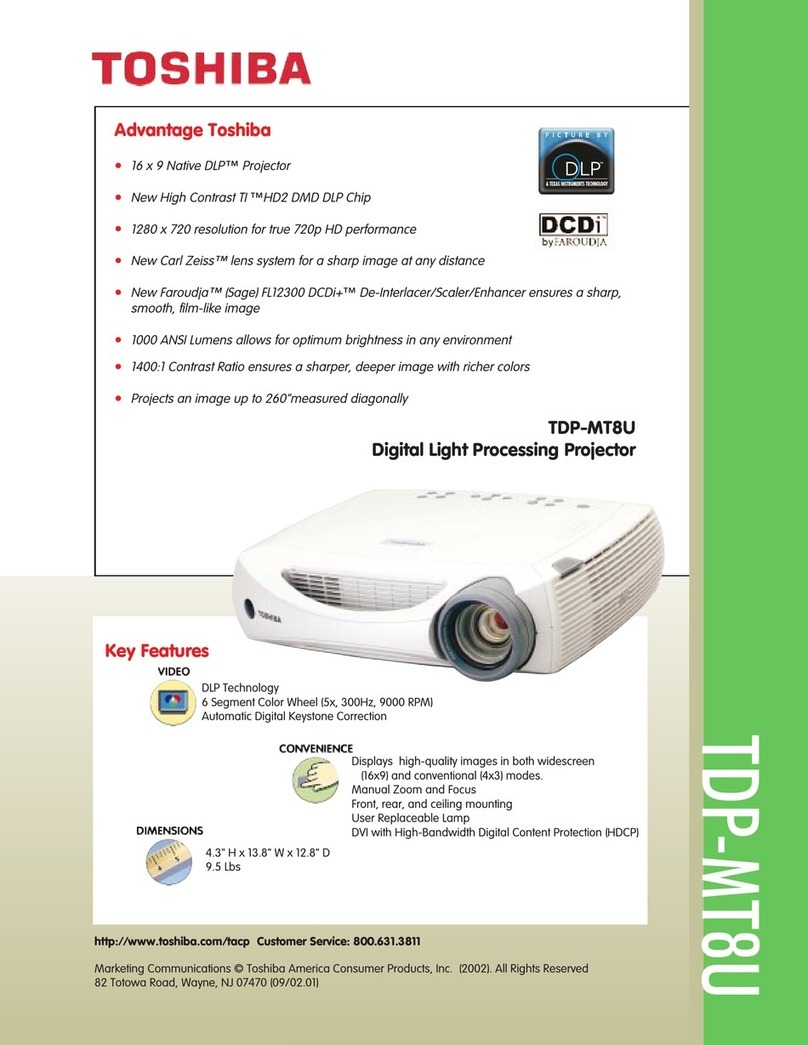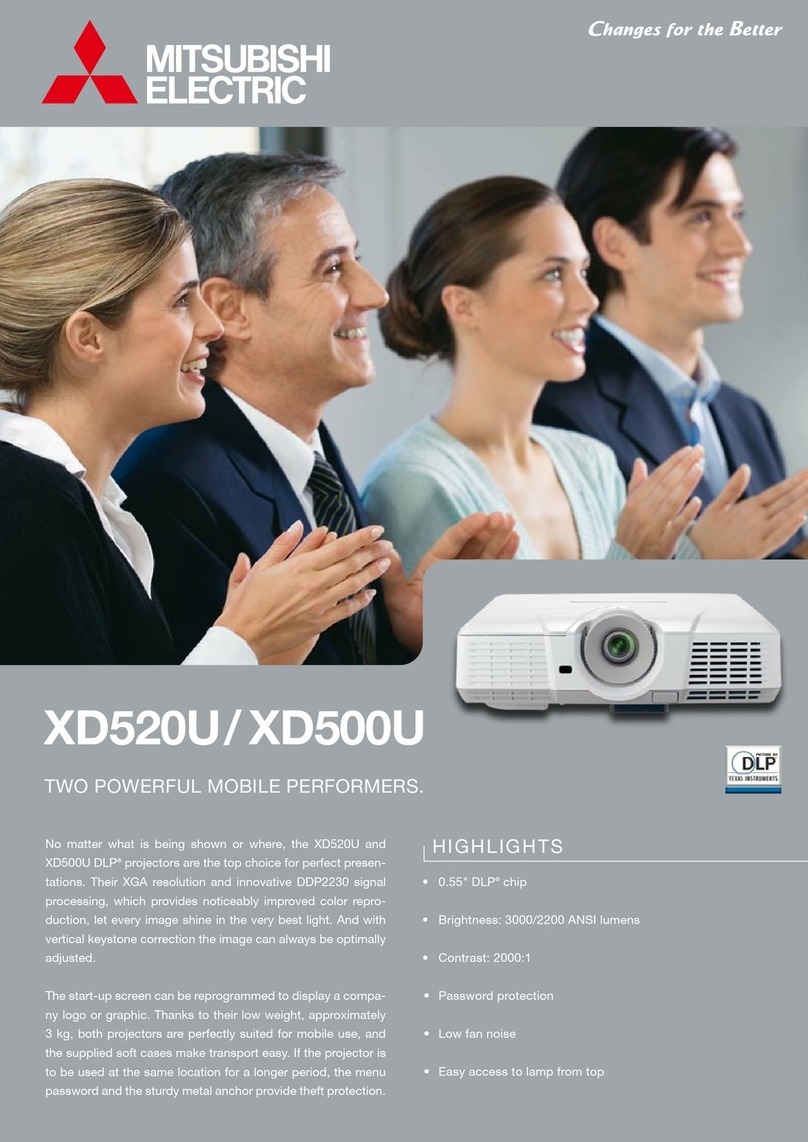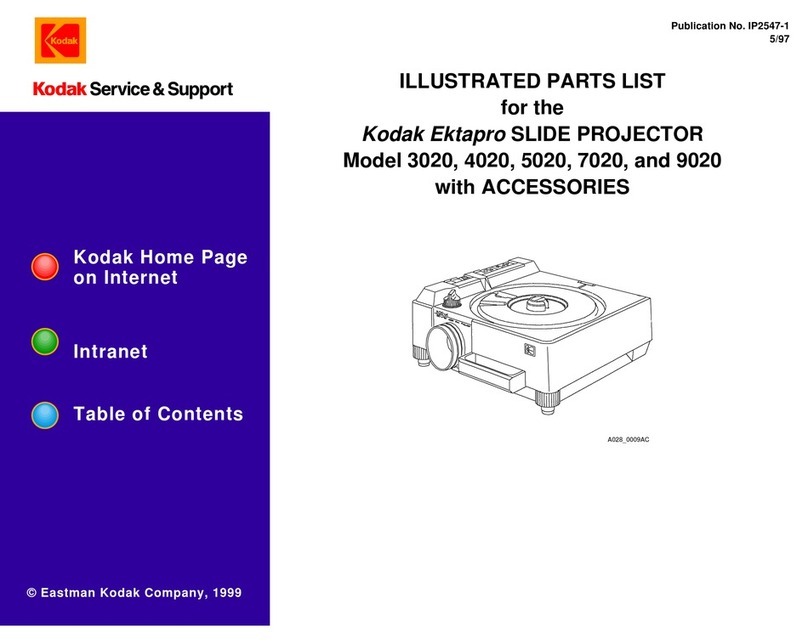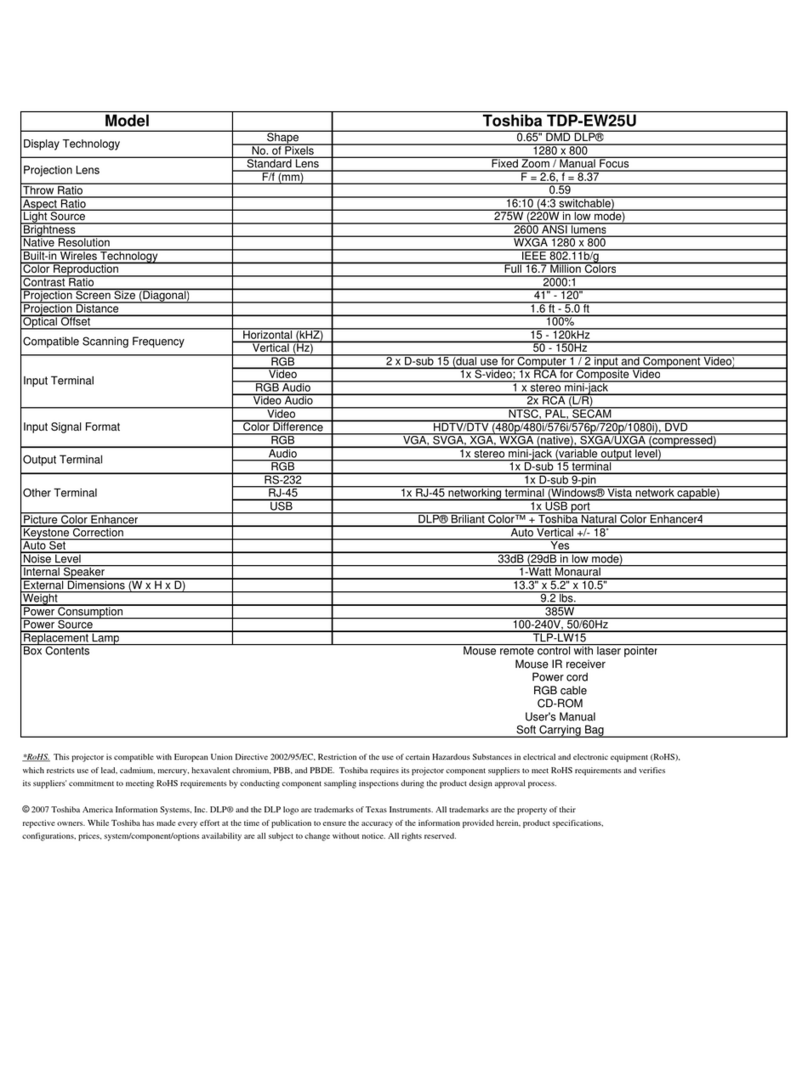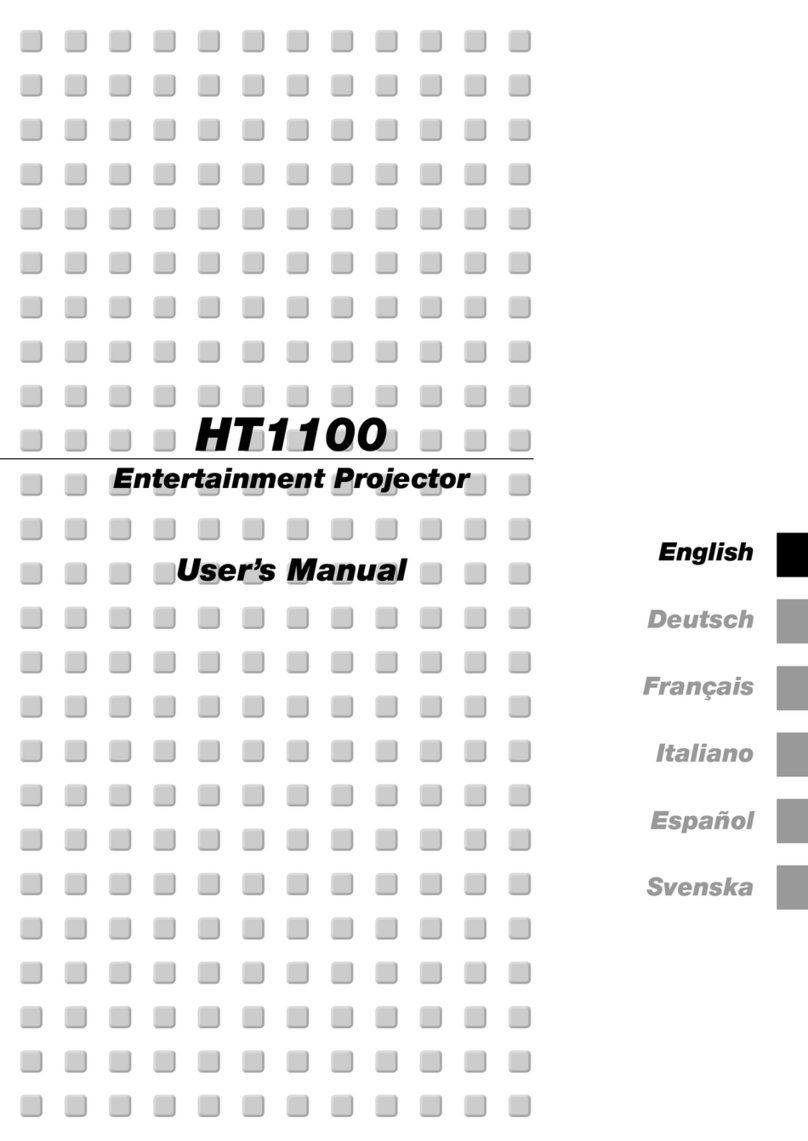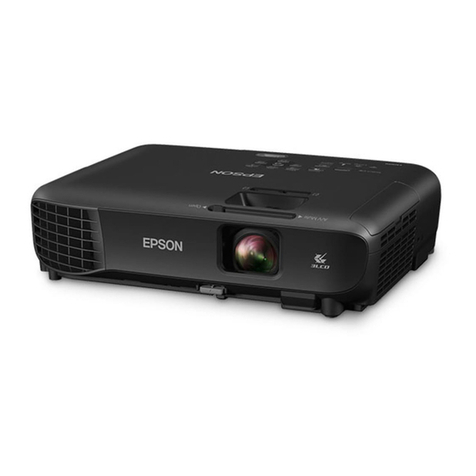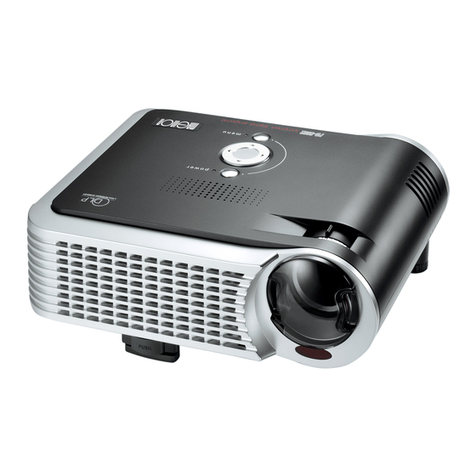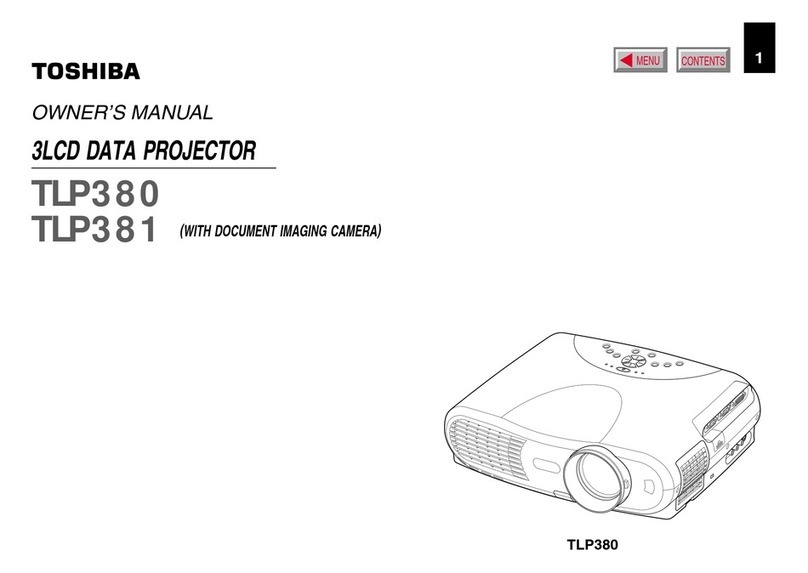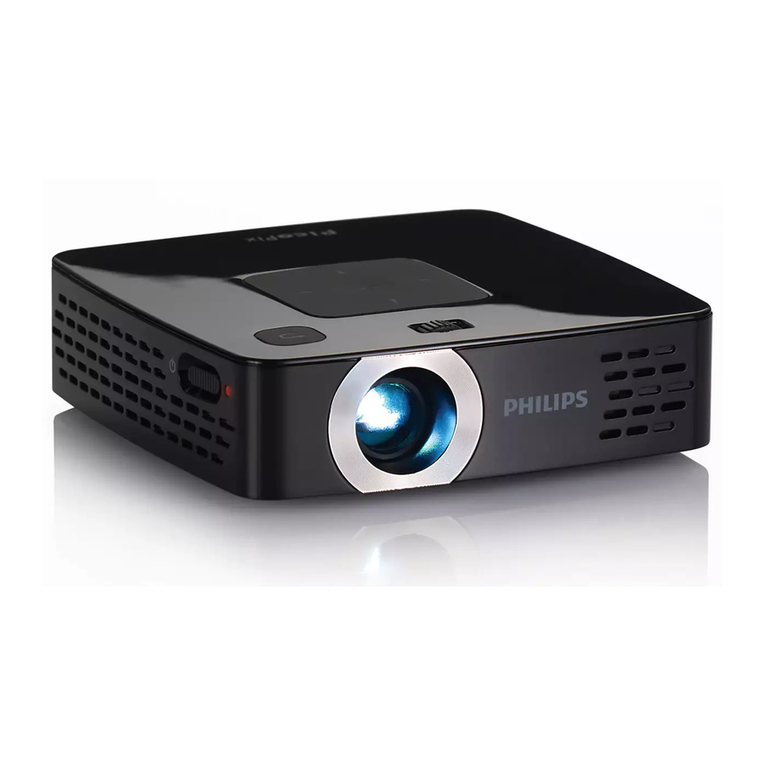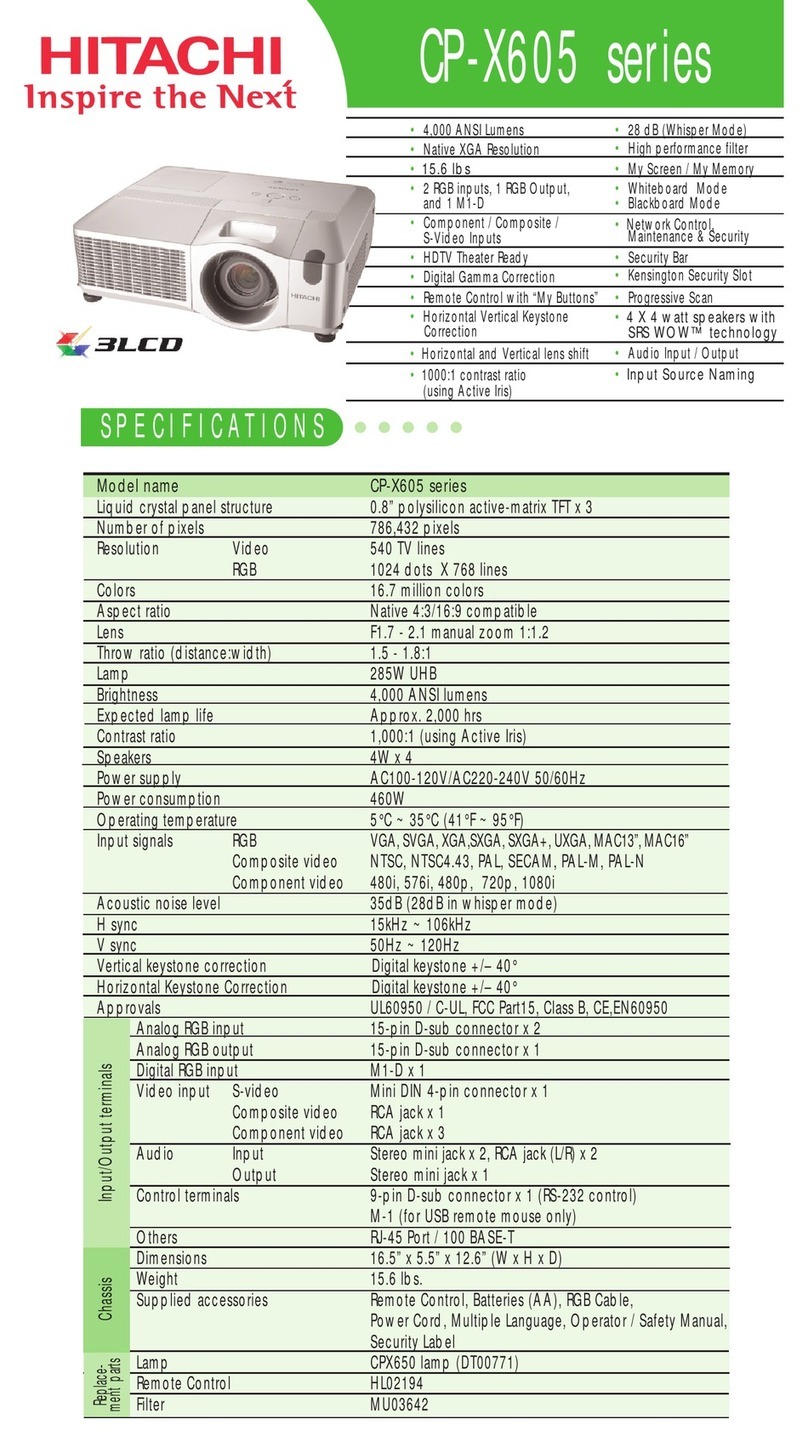Canon T2000 User manual
Other Canon Projector manuals
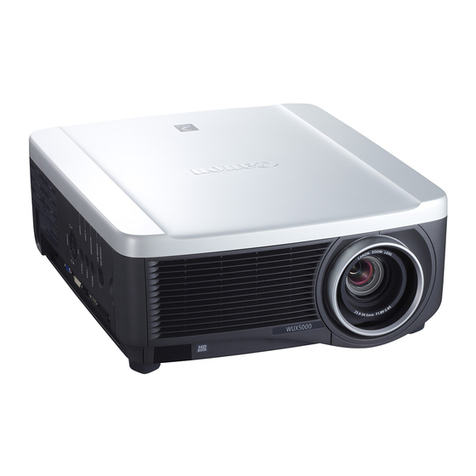
Canon
Canon REALiS WUX4000 D User manual

Canon
Canon LV-5110 User manual

Canon
Canon LV-5200U User manual
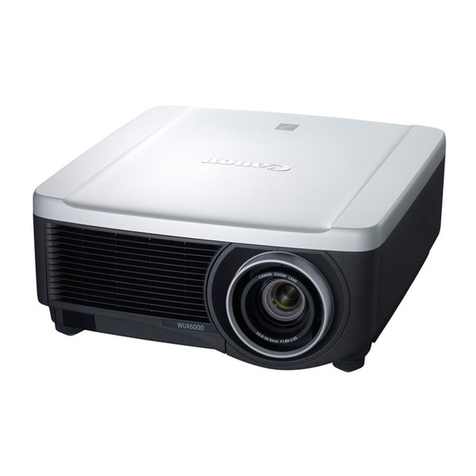
Canon
Canon WUX6000 User manual
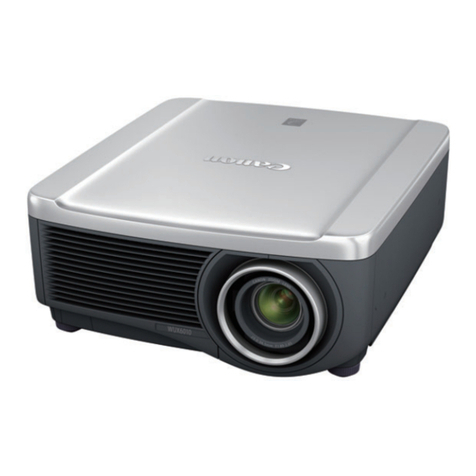
Canon
Canon WUX6010 User manual

Canon
Canon WUX450 User manual
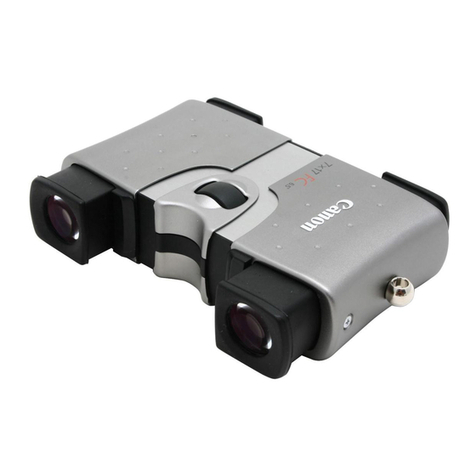
Canon
Canon 5x17 FC User manual

Canon
Canon LV-X1 User manual

Canon
Canon LV-7290 User manual

Canon
Canon SX50 - REALiS SXGA+ LCOS Projector User manual

Canon
Canon XEED SX6 User manual

Canon
Canon LV-8300 User manual
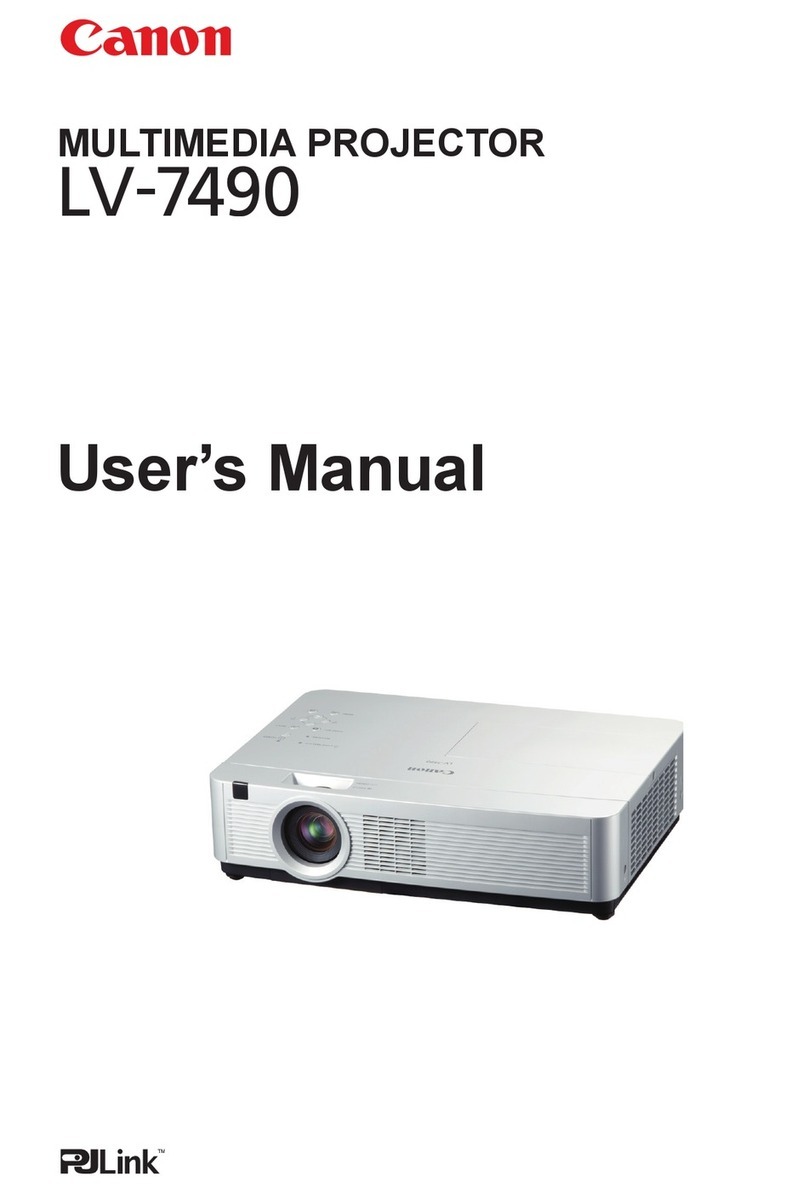
Canon
Canon LV 7490 User manual
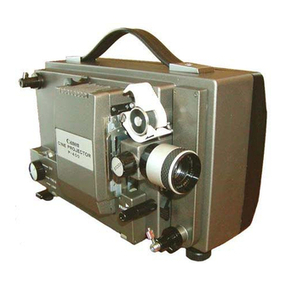
Canon
Canon P 400 User manual

Canon
Canon LV-7555 User manual

Canon
Canon REALiS SX80 Mark II D User manual

Canon
Canon LV-X4E User manual
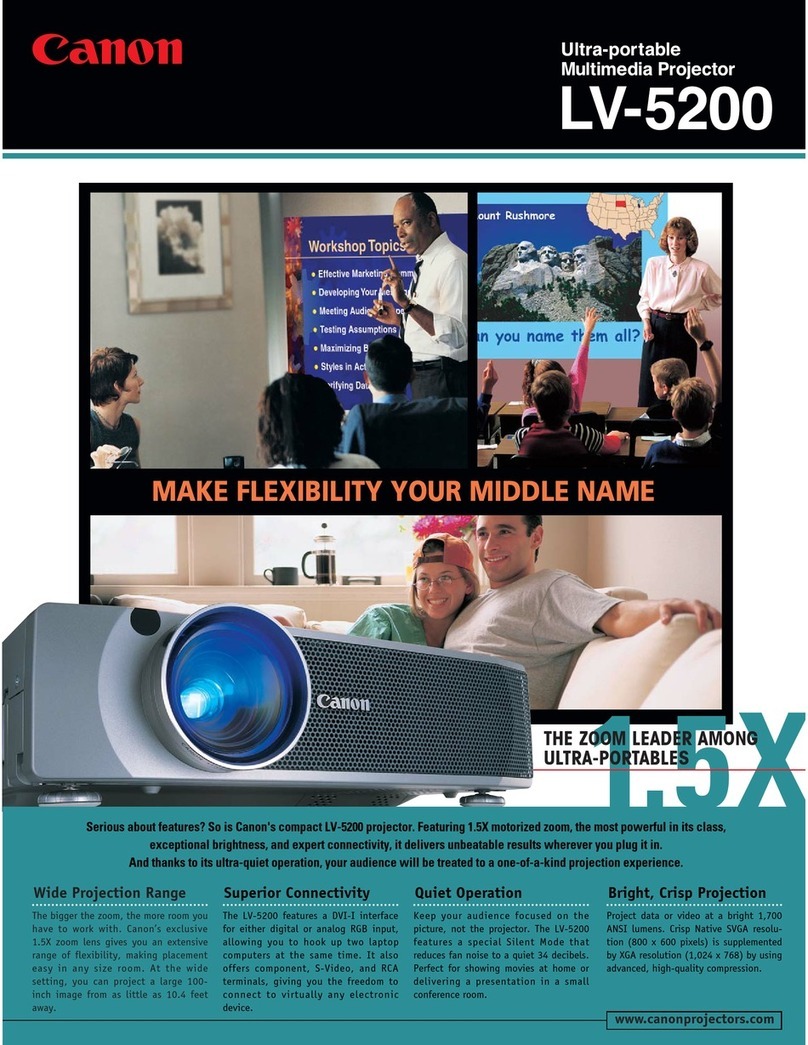
Canon
Canon LV-5200 User manual
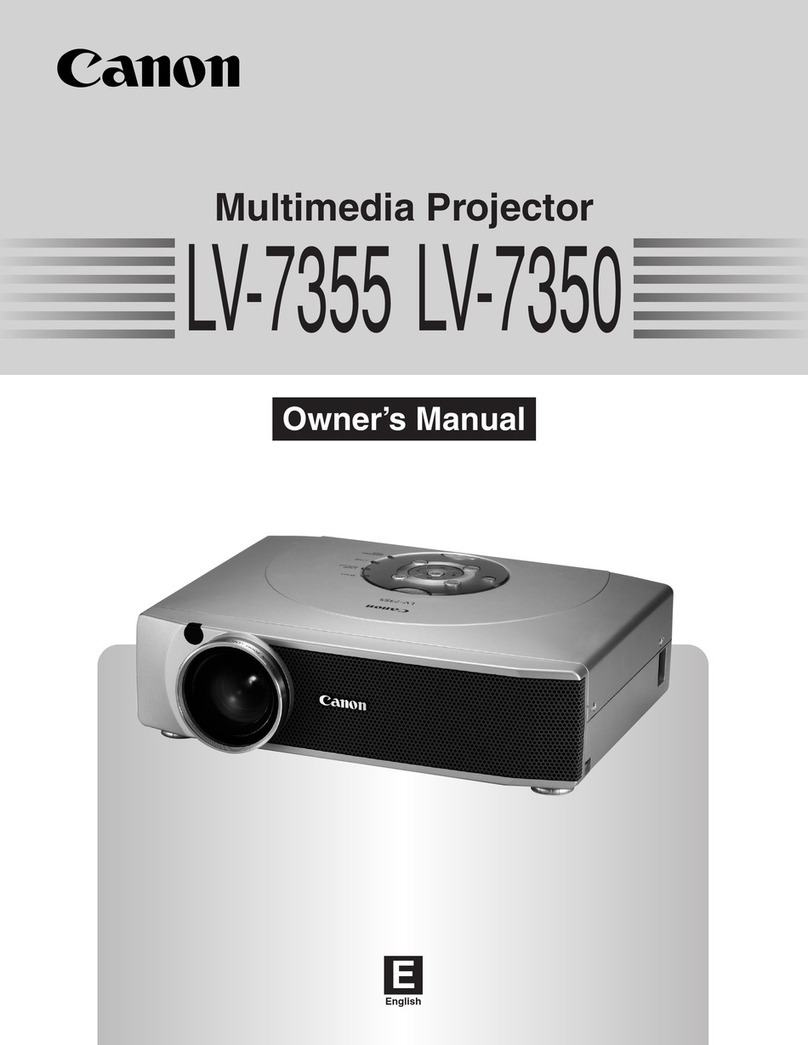
Canon
Canon LV-7355 User manual
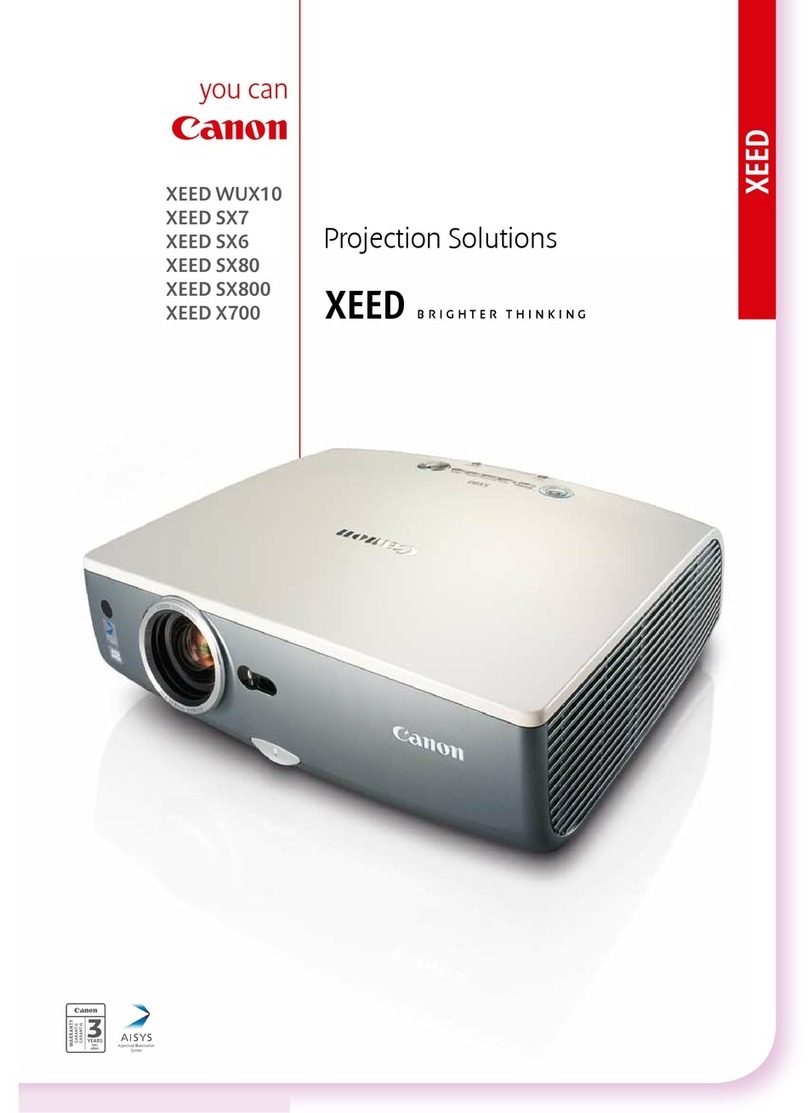
Canon
Canon XEED WUX10 User manual




